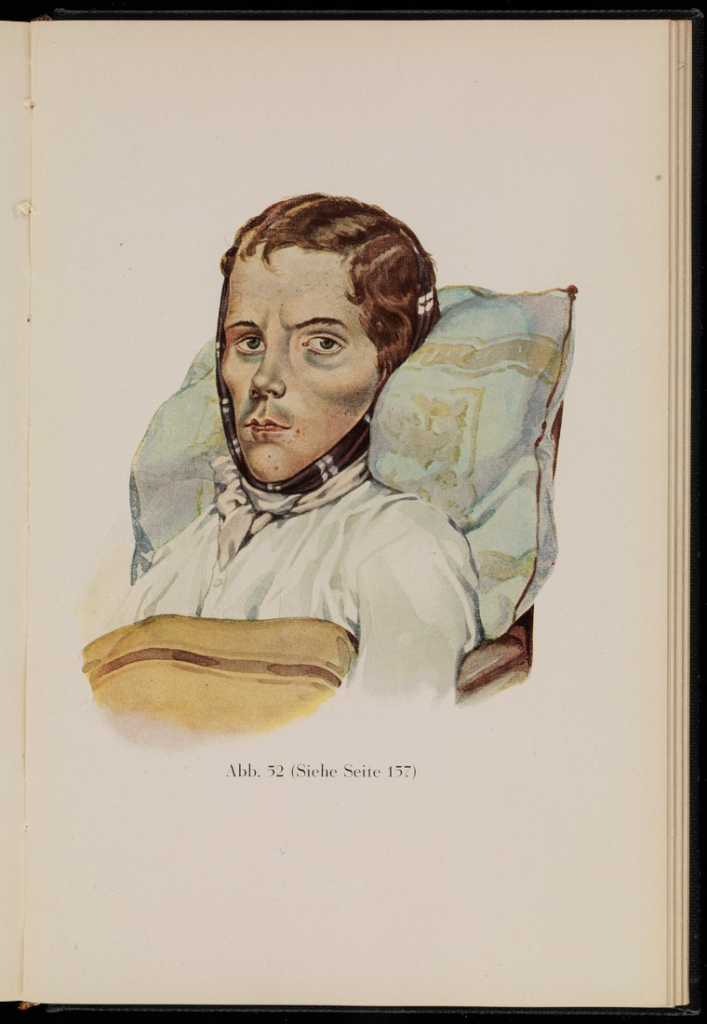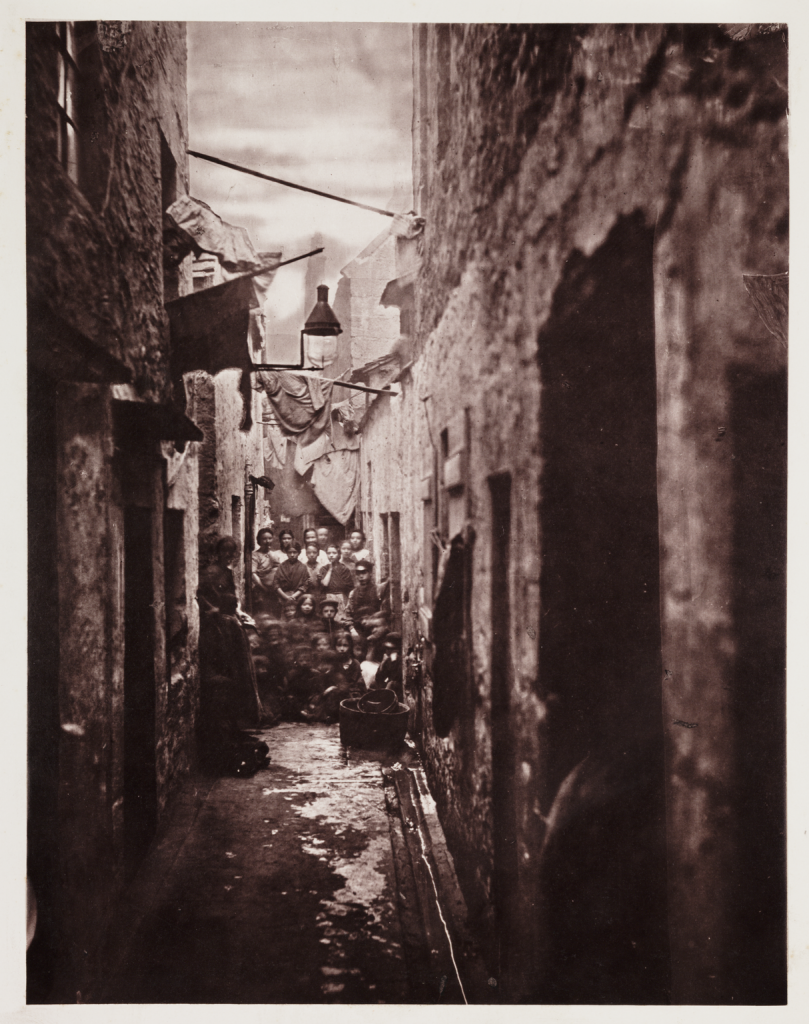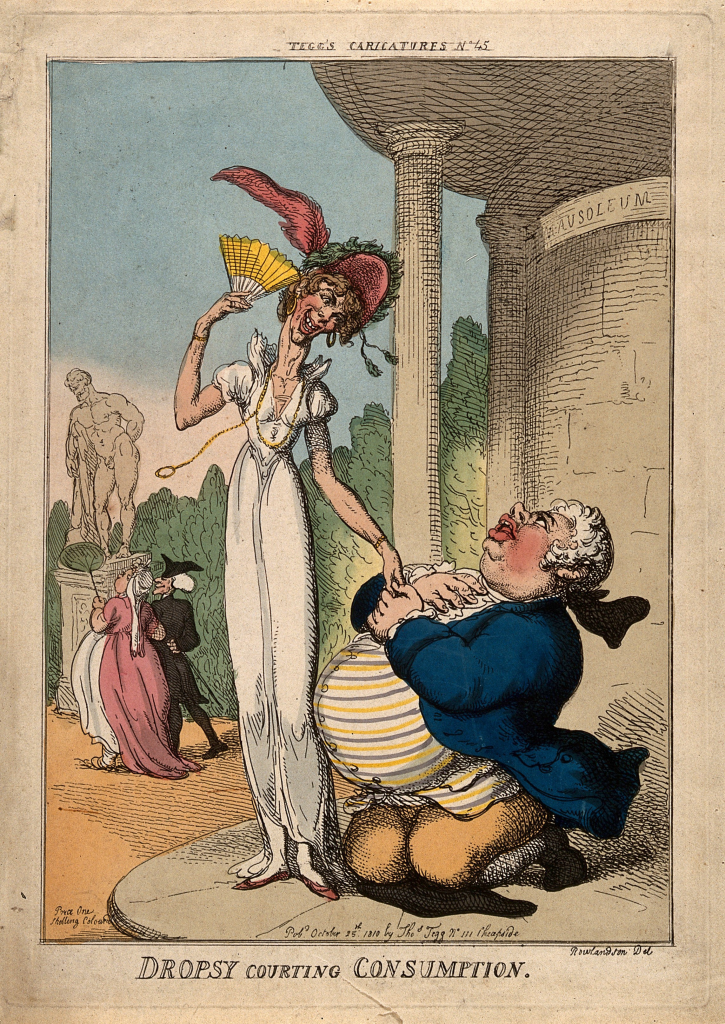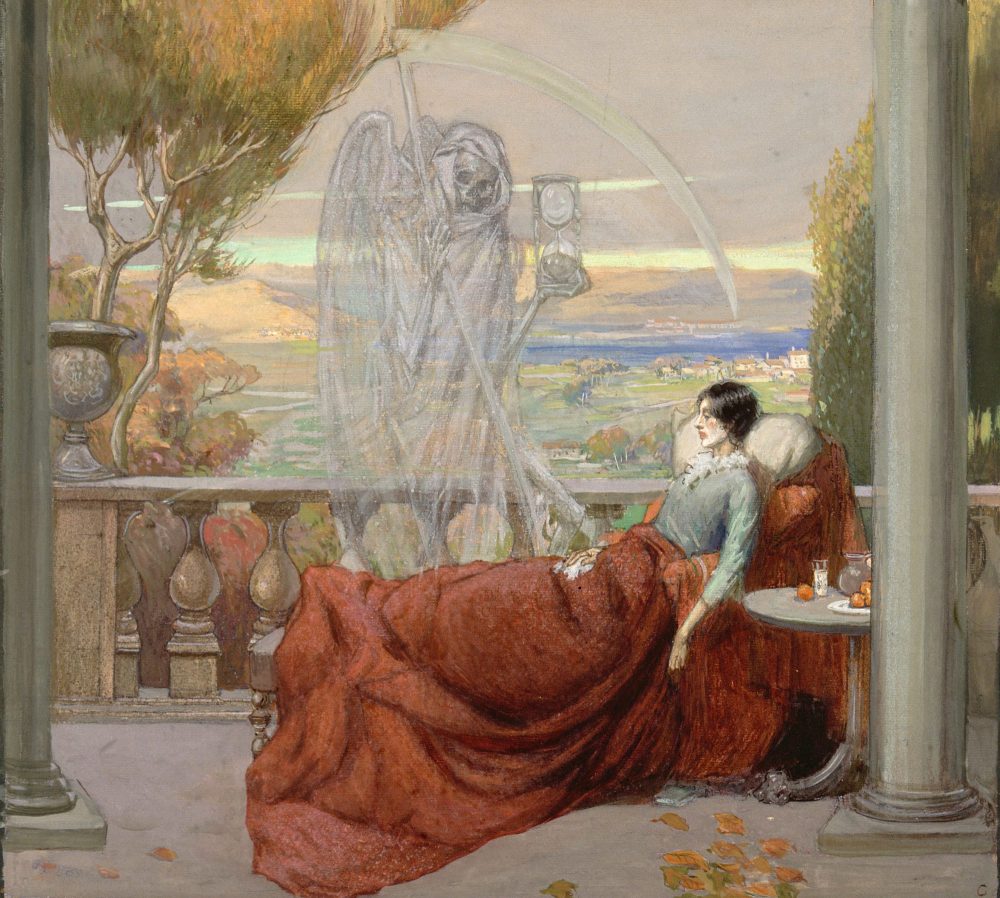More than any other disease, it shaped and infused the social history of the 19th century. Its complexity, accompanied by a lack of scientific knowledge at the time, led to a paradoxical state of beauty and death.
Tuberculosis is contagious and spreads most frequently through the air when an individual with active TB coughs or spits. The disease most commonly affects the lungs, but can affect other parts of the body, often progressing slowly with symptoms potentially not manifesting until months or even years after initial infection.

Classic symptoms of tuberculosis of the lungs include fevers, night sweats, weight loss, and infamously – chronic coughing and the spitting of sputum containing blood. Weight loss and the so-called ‘wasting away’ associated with TB led to the popular 19th century name of consumption, as the disease was seen to be consuming the individual.
Although the earliest evidence of tuberculosis can be found in human remains over 9000 years old, it wasn’t until the 19th and early 20th centuries that the disease reached its peak.
Commonplace overcrowding and poor sanitation in industrialised countries meant the disease thrived, and tuberculosis became the primary cause of death among the urban working classes.
But consumption was by no means an exclusive illness of the poor. Its easy method of transmission meant it crossed class boundaries and affected people at all levels of society.

The drastic and damaging effects of this disease are undeniable, with nearly 4 million people said to have died as a result in England and Wales between 1851 and 1910. Three-quarters of those from tuberculosis of the lungs.
And yet despite this, throughout the romantic era and into the late 19th century, tuberculosis forged a unique place in society and became entwined with ideas of beauty and creativity.
Numerous artistic figures contracted TB, shaping public perception of the disease. Famously the poet John Keats, who had trained as a medical man, declared on seeing his blood-stained handkerchief after a coughing fit, that it was his death sentence: “I cannot be deceived in that colour; – that drop of blood is my death-warrant; – I must die.”

Romantic poet Lord Byron wished to die of consumption, declaring: “How pale I look! – I should like, I think, to die of consumption … because then the women would all say, ‘see that poor Byron – how interesting he looks in dying!’”
Famed creatives such as Keats became powerful symbols of the disease. They were seen to be of heightened sensibility, and it was thought that their work was elevated because of consumption’s effect on the mind.
When TB attacked young women of the upper classes, it was treated decidedly differently than when it struck the poor. Unlike other serious illnesses of the time, pulmonary tuberculosis was associated with fragility and sexual attractiveness.

The consumptive appearance entailed dramatically pale skin, an ethereal thinness, with red cheeks and a feverish glow. This became the defining fashionable aesthetic of the time with women powdering their faces, some even using chemicals such as arsenic to achieve a paler complexion.
This obsession with the ‘consumptive aesthetic’ peaked in the mid-1800s, when corsets and voluminous skirts further emphasized women’s slender figures with damaging implications for women’s physical health and social roles. The restrictive nature of the corset made all but the smallest of physical tasks challenging, and excessive use could lead to displacement of internal organs.
This traditional consumptive look was perpetuated throughout popular culture with famous portraits, novels, plays and operas telling tales of ethereally thin and beautiful women teeteringly close to death, or inspired creatives overcome with the disease. Alexandre Dumas’ 1848 novel La Dame aux Camélias (commonly known as Camille), was later adapted into an opera with character Marguerite Gautier clutching her blood-spotted handkerchief in a prelude to her death.

(European, 1901-1925)
This consumptive cultural trope has continued through to the modern day, meaning we’re now almost trained to recognise the coughing of blood into a handkerchief in act 1 meaning the inevitable death of that character by act 3!
Robert Koch’s discovery of the tubercle basillus in 1882 was a major event in the history of medicine.
After centuries of speculation, Koch proved that the slow-growing microorganism Mycobacterium Tuberculosis caused the disease and established its contagious nature. The cause of so much death was boiled down to this single-celled living organism.
Once the cause of TB had been identified, its severity and contagious nature became better understood. As the century progressed, the disease, once so clouded in romantic imagery and mystery, was revealed to be much more prosaic. Romantic portrayals and perceptions of consumption were gradually replaced with scientific facts, and the once-mysterious disease was transformed into a public health problem.

Find out more about the cause and symptoms of tuberculosis on the Science Museum website.
